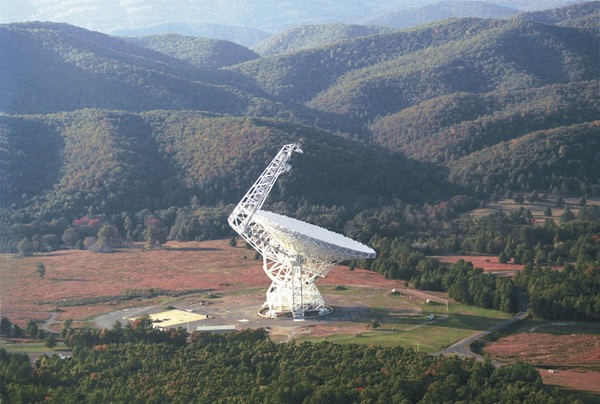Party of one: why we’re still alone in the universeby Michael Morgan
|
| The sheer number of stars that exist in each galaxy multiplied by the startling number of observable galaxies provides us with near limitless opportunities. |
Planets orbiting stars other than our Sun, called exoplanets, are being discovered nearly every day. Since 2009, more than 2,000 new worlds have been confirmed. Most of these planets don’t have Earth-like qualities. But some might. And where there’s smoke, there’s fire.
World-famous astrophysicist Neil Degrasse Tyson has repeatedly claimed that life is “the inevitable consequence of complex chemistry,” meaning that, given Earth-like conditions and plenty of time, basic life is destined to develop. Given more time, intelligent life is just as inevitable. And if there’s one thing the study of the cosmos as taught us, it’s that there’s no shortage of time.
The universe is an estimated 13.7 billion years old. The Earth is 4.5 billion. Life began here 3.8 billion years ago. It would have begun sooner if our planet weren’t such a vicious ball of earthquakes and fire-belching volcanoes during its infancy.
Humans have already been on this planet for 200,000 years, but if you told someone 100 years ago that you could instantaneously send a photo from New York to California, you’d have been burned for heresy.
The point I’m trying to make here is that progress comes quickly. And if it can happen here, it can happen anywhere.
So why haven’t we detected signs of intelligent life elsewhere?
The short answer is that… there’s no short answer. First off, the utter immensity of our galaxy makes surveying it a tremendous challenge. Next, we don’t exactly know what we’re looking for.
While it might make sense to listen for radio waves that could be emanating carelessly from a distant planet, it’s not exactly that simple. Unless we know precisely what frequencies to monitor, and also how to decode the information held within the waves, it’s very possible that we might miss whatever information could be coming our way.
Alternatively, the unknown planet would likely need to be actively trying to reach us. Radio waves are delicate things. If you’ve ever tried to pick up a distant radio or television station, you should know all about it. Even though you’ve got all the right technology and the transmitting station wants you to get their signal, distance and interference can make that a challenging task.
In deep space, radio transmissions are very likely to get washed out by astrophysical phenomenon (think stars, quasars, pulsars, and so on) that generate their own radio waves. For us to receive any usable transmissions, they would have to be incredibly powerful and pointed directly at us.
In the same vein, there’s little chance of other planets detecting and decoding our stray radio waves. Since the bulk of our television and radio transmissions are meant for terrestrial consumption, few ever even leave our atmosphere. Those that do make it beyond our solar system would register as only the faintest flicker on even an enormously advanced detection device.
| If I were a space alien who’d lost his way and happened to amble into our solar system, I’d take one look at this pale blue dot, see what kind of degenerate creature dominates it, and keep on moving. |
Of course, the possibility exists that our existence has already been detected by a far-off society, and that they’re sending messages our way right now. The problem, again, is the enormous distance between stars. The closest star to the Sun is over four light-years away, but our galaxy is 100,000 light-years cross.
So using the best technology we know (light-speed communication via radio waves), the quickest a foreign star-system would be able to contact us is about four years after trying. But likely, it’s much (much!) longer than that.
Another possibility is that we’ve already been detected by other life, and that they have no desire whatsoever to contact us. I can’t say I’d blame them. Our planet is pretty unappealing.
We’re in the infancy of our technological development and we’re constantly at war with each other. If I were a space alien who’d lost his way and happened to amble into our solar system, I’d take one look at this pale blue dot, see what kind of degenerate creature dominates it, and keep on moving.
With any luck, though, somewhere up there exists a neighborly breed of green people who are just as eager to commiserate about sad politicians and dismal sports rivalries as I am.
